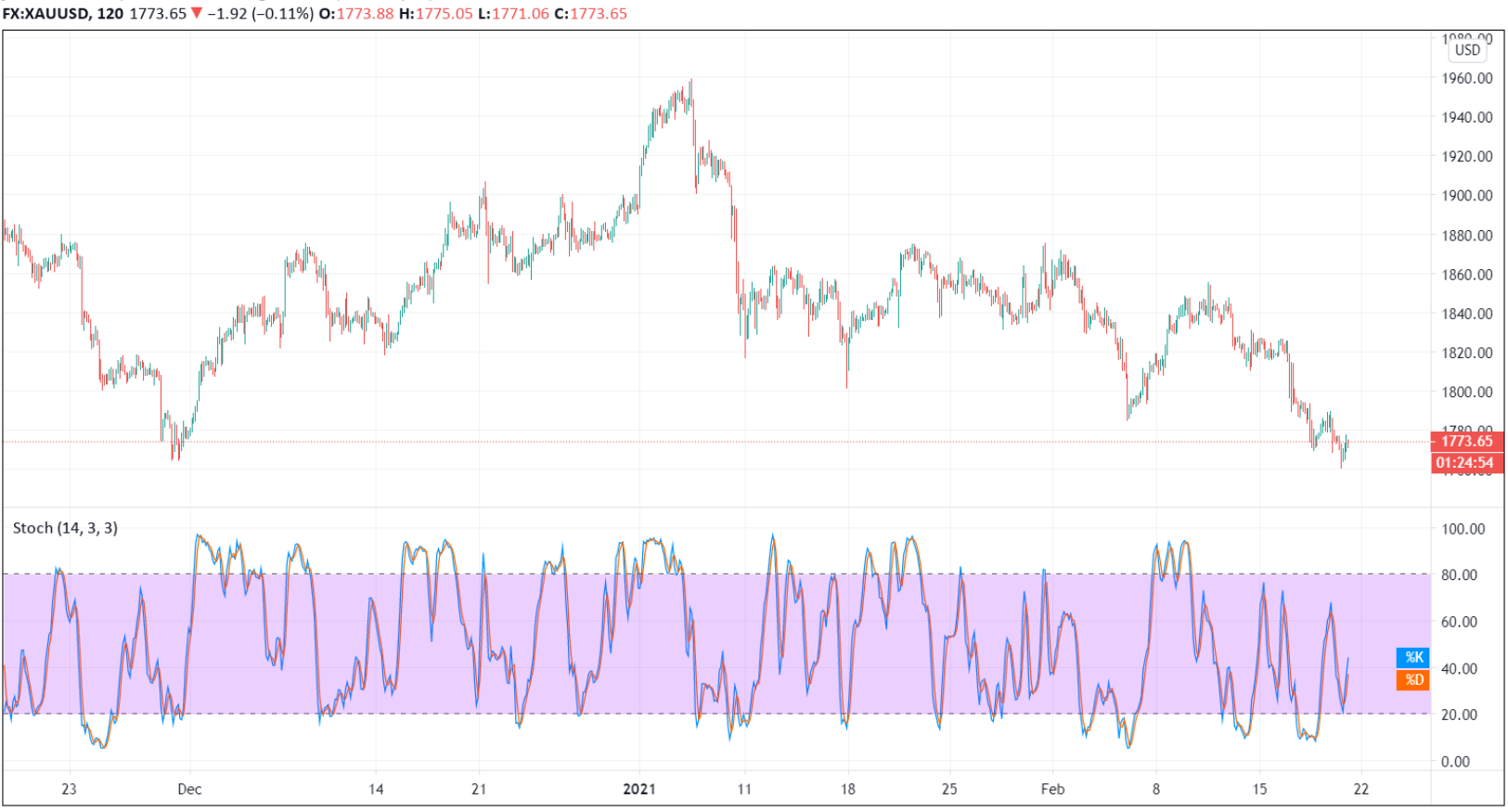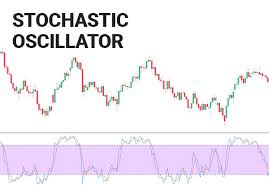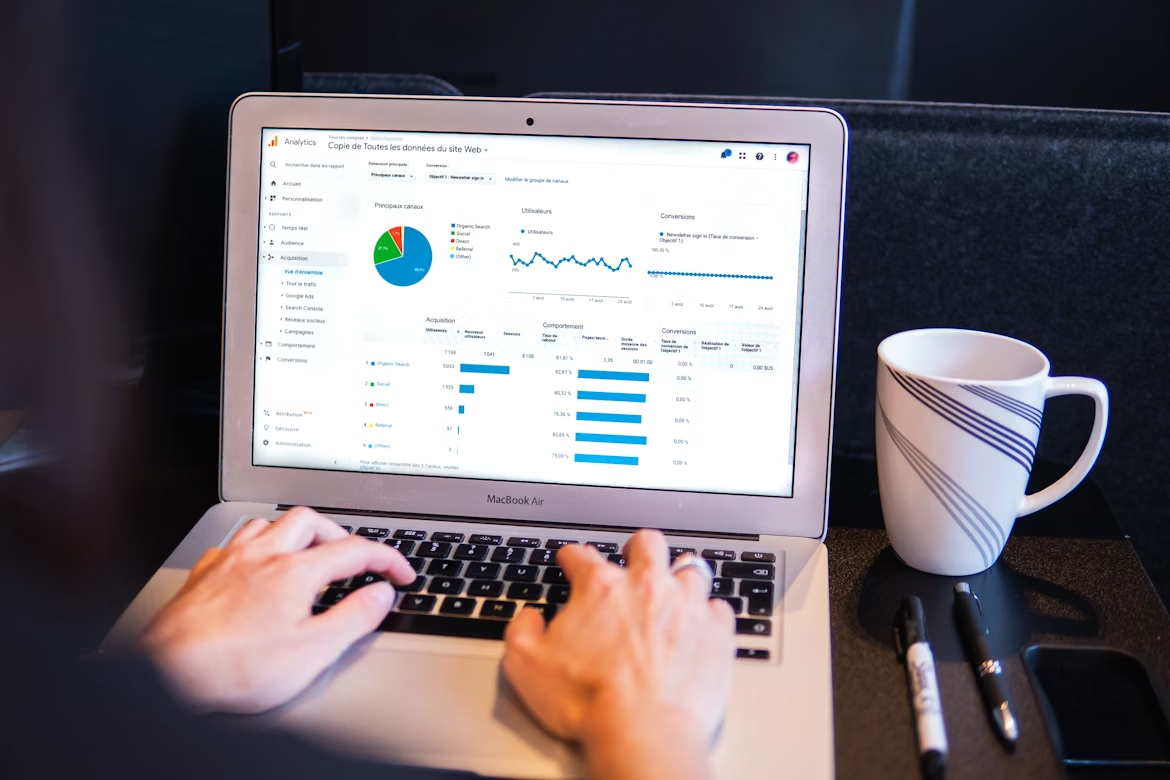WHAT IS STOCHASTIC OSCILLATOR?
The Stochastic Oscillator was developed by Dr George Lane in the late 1950s for use in technical analysis of securities. Lane, a financial analyst, was one of the first researchers to publish research papers on the use of stochastics. He believed the indicator could be profitably used in conjunction with Fibonacci retracement cycles or with Elliot Wave theory.
Lane noted that the Stochastic Oscillator indicates the momentum of a security’s price movement. It is not a trend indicator for price as, for example, a moving average indicator is. Instead of measuring price or volume, the stochastic oscillator compares the most recent closing price to the range low (max and min) of its price range during a specified period. In addition to gauging the strength of price movement, the oscillator can also be used to predict market reversal turning points.
The standard period is 14 days, though this can be adjusted to meet specific analytical needs.
The formula for calculating the Stochastic Oscillator is as follows:
%k = (Last Closing Price – Lowest Price)/ (Highest Price – Lowest Price) x 100
%D = 3-day SMA of %K
Where:
C is the last closing price.
Lowest Low is the lowest low for the period.
Highest High is the highest high for the period.
The stochastic oscillator is calculated by subtracting the low for the period from the current closing price, dividing by the total range for the period and multiplying by 100. For example, if the 14-day high is 150, the low is 125 and the current close is 145, then the reading for the current session would be (145-125)/ (150-125) *100, or 80. By comparing current price to the range over time, the stochastic oscillator reflects the consistency with which price closes near its recent high or low.
The stochastic oscillator is range-bound, meaning it is always between 0 and 100. This makes it a useful indicator of overbought and oversold conditions. Traditionally, readings over 80 are considered in the overbought range, and readings under 20 are considered oversold. However, these are not always indicative of impending reversal; very strong trends can maintain overbought or oversold conditions for an extended period. Instead, traders should look to changes in the stochastic oscillator for clues about future trend shifts.

Uses of the Stochastic Oscillator
Identify overbought and oversold levels.
An overbought level is indicated when the stochastic reading is above 80. Readings below 20 indicate oversold conditions in the market. A sell signal is generated when the oscillator reading goes above the 80 level and then returns to readings below 80. Conversely, a buy signal is indicated when the oscillator moves below 20 and then back above 20. Overbought and oversold levels mean that the security’s price is near the top or bottom, respectively, of its trading range for the specified period.
Divergence
Divergence occurs when the security price is making a new high or low that is not reflected on the Stochastic Oscillator. For example, price moves to a new high, but the oscillator does not correspondingly move to a new high reading. This is an example of bearish divergence, which may signal an impending market reversal from an uptrend to a downtrend. The failure of the oscillator to reach a new high along price action doing so indicates that the momentum of the uptrend is starting to wane.
Vice versa on the bullish divergence.
Crossovers
Crossovers refer to the point at which the fast stochastic line and the slow stochastic line intersect. The fast stochastic line is the 0%K line, and the slow stochastic line is the %D line. When the %K line intersects the %D line and goes above it, this is a bullish scenario. Conversely, the %K line crossing from above to below the %D stochastic line gives a bearish sell signal.
Limitations of the Stochastic Oscillator
The main shortcoming of the oscillator is its tendency to generate false signals. They are especially common during turbulent, highly volatile trading conditions. Therefore, it is best used along with other technical indicators, rather than as a standalone source of trading signals. We at Golden Brokers also have wrote on some of other technical indicators here.















